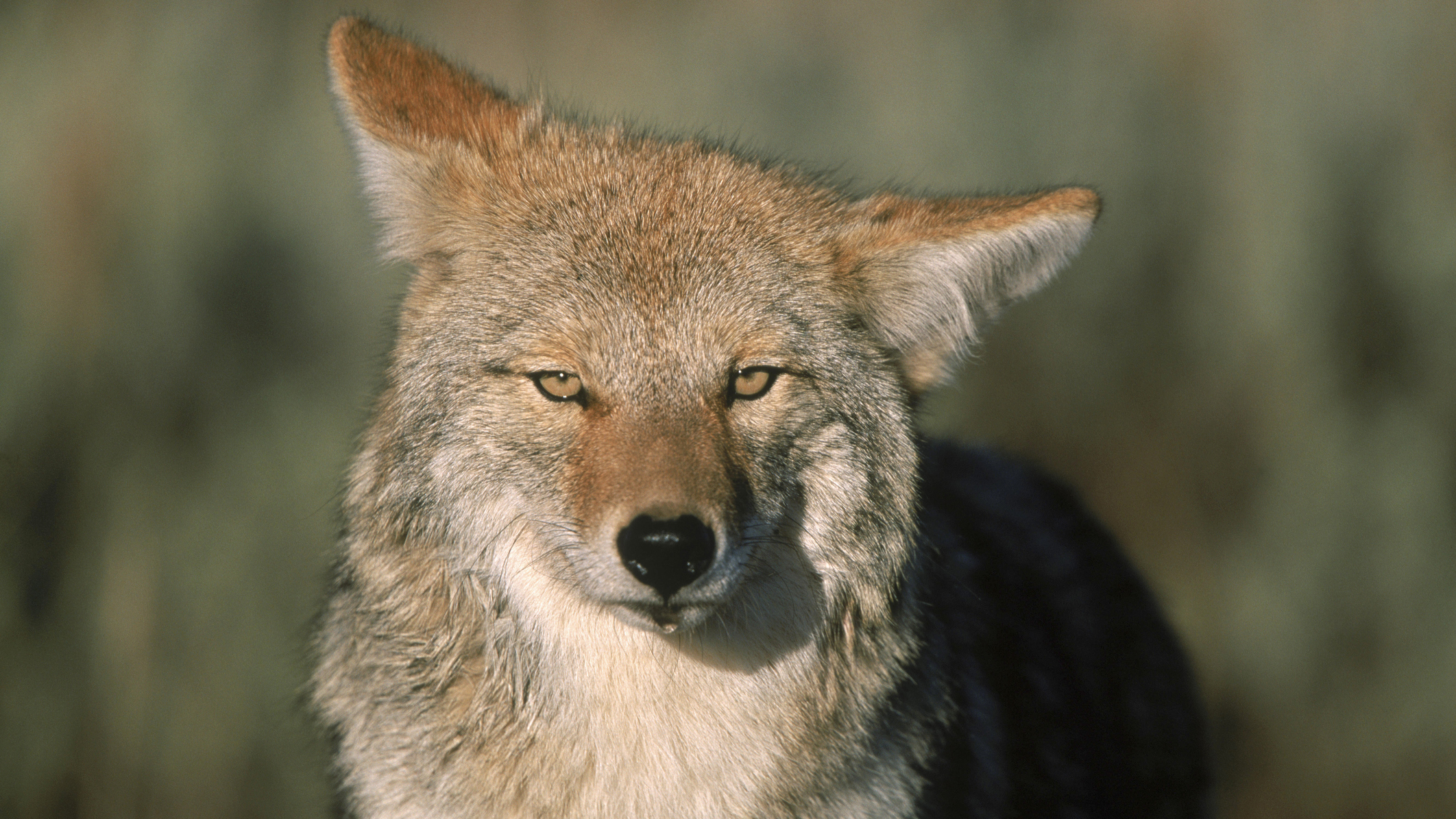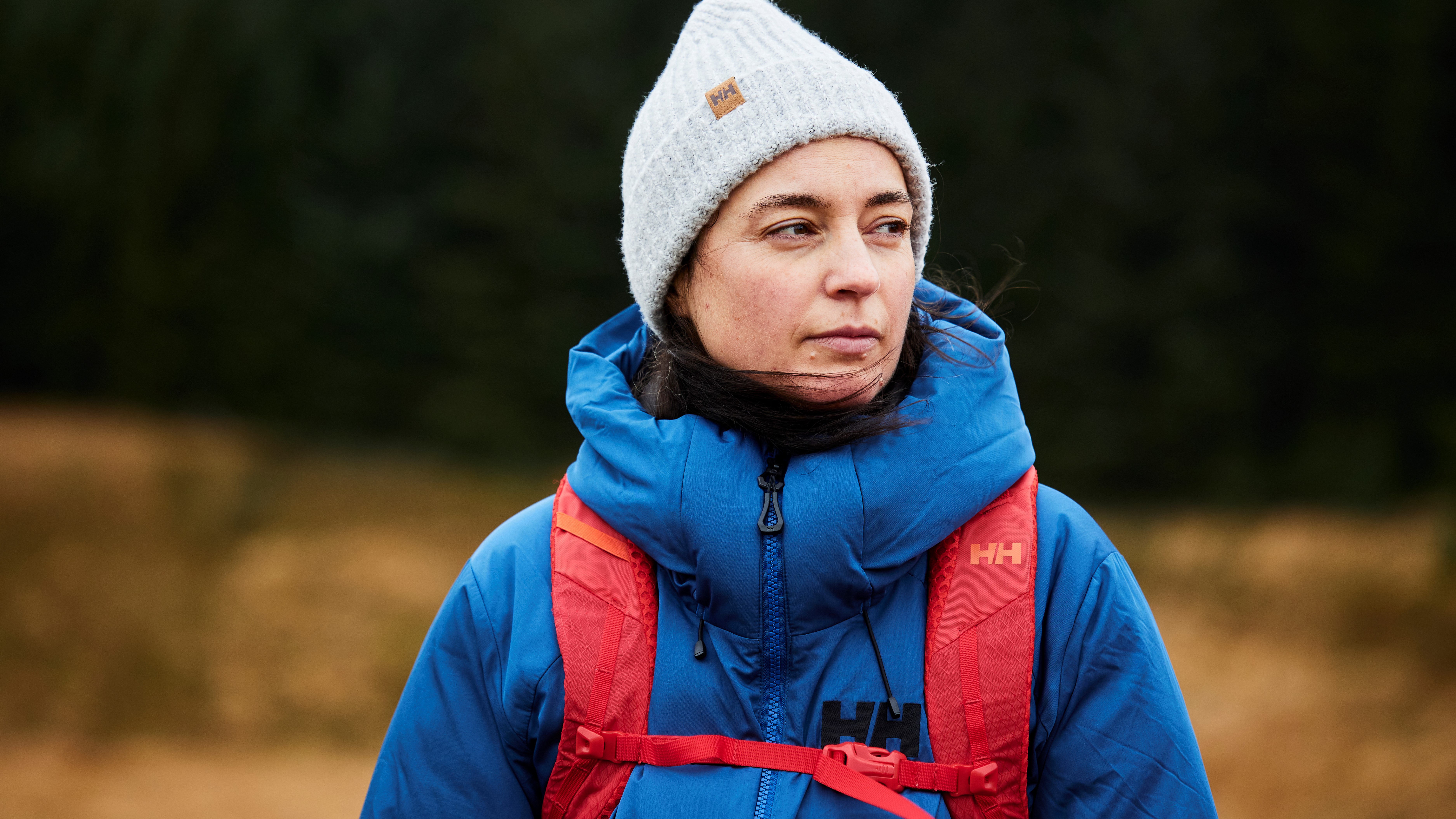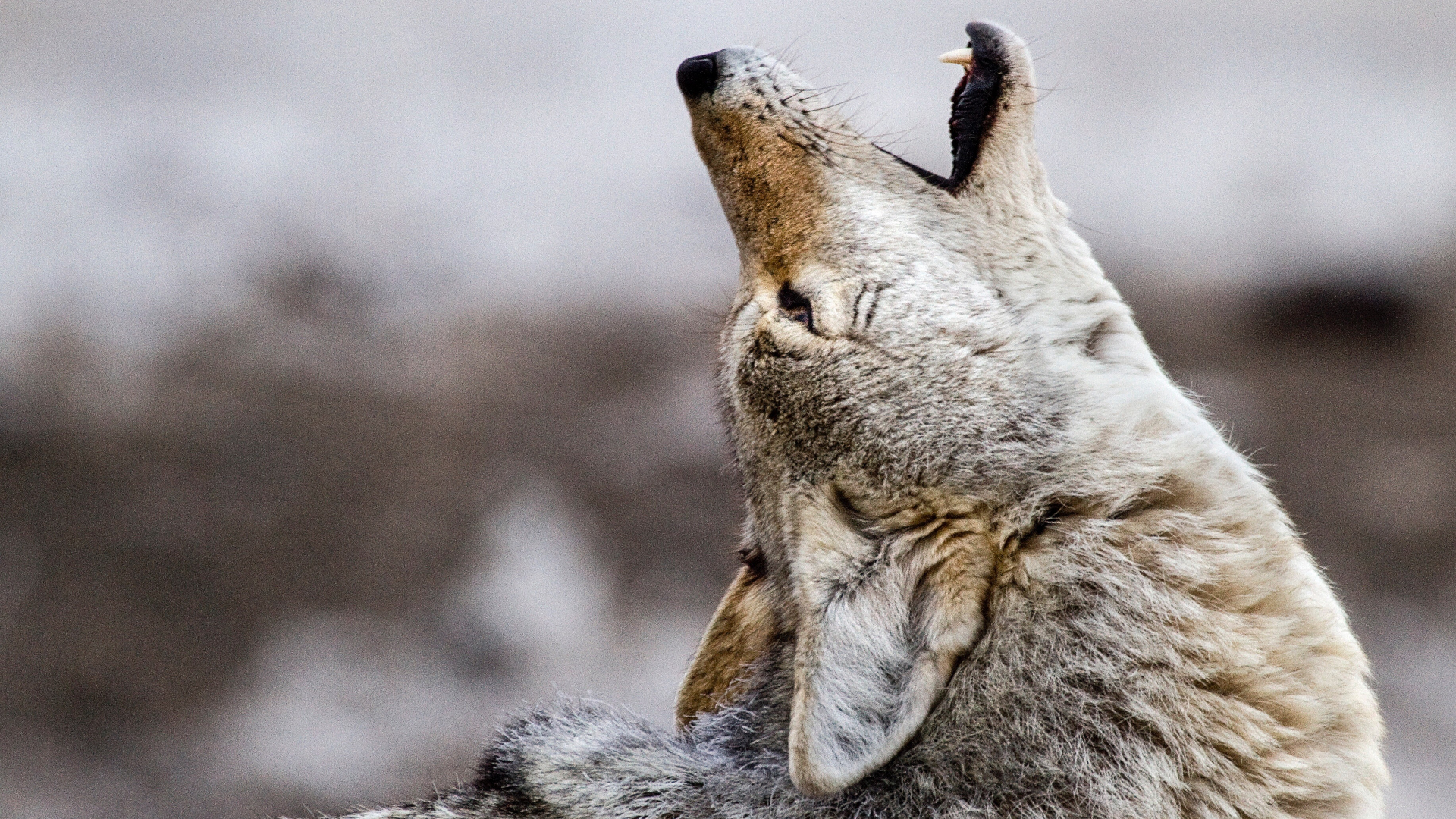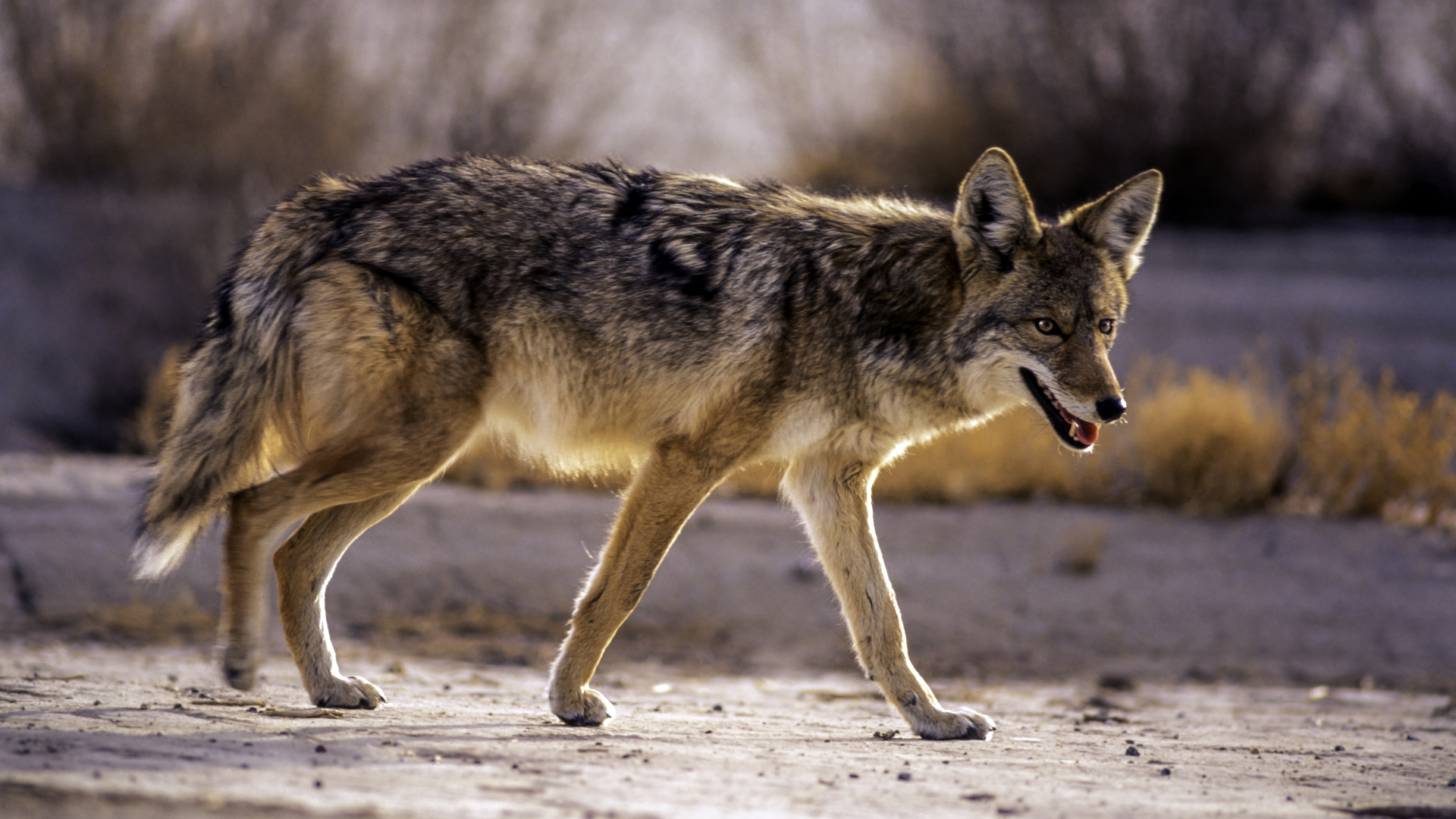What to do if you see a coyote while hiking: our safety guide
Knowing what to do if you see a coyote while hiking will allow you to preserve your sense of curiosity on the trail, while keeping safe and respecting nature

Knowing what to do if you see a coyote allows you to both protect yourself and this beautiful creature. Wildlife sightings are unquestionably a big part of the appeal of hiking, but while some animals like the bald eagle inspire excitement, others can instill fear and trepidation. Some of this fear is reasonable, such as if you meet a mountain lion, but usually some outdoor education is all you need to stay safe on the trail. So what do you do if you see a coyote while hiking?
The common coyote, which can be found all across North America, is an animal that requires a little knowledge and caution. Knowing what to do if you see a coyote while hiking can allow you to preserve your sense of curiosity and adventure when it comes to getting out in your hiking boots on the trail, while ensuring you stay safe and respect nature.
Meet the expert

Julia moved to the US for university and developed a love for the great American outdoors. She enjoy tackling backcountry trails and bagged several Colorado 14ers while she was at it. Now back in her native Scotland, she still keeps a close eye on developments across the Pond.
Today's best deals
What is a coyote?
- A coyote is a nocturnal member of the canine (dog) species and is native to North America
- They're closely related to the wolf, though are much smaller
- They are very adaptable, able to live in a range of habitats

A coyote is a member of the canine species that is native to North America. Though it is a close relative to the wolf, it is much smaller – males coyotes weigh up to 44lbs and their average length is 37 inches. In comparison, a grey wolf can weigh up to 170lbs and on average are over five feet long. Coyotes look just like a grey/brown dog with a long tail and from a distance, you might mistake them for someone’s pet.
Coyotes were originally native to the prairie and deserts, but as a very adaptable species, they now exist in forested areas, mountains and even urban areas. These shrewd animals live in packs, either with their own family or other unrelated coyotes. Coyotes are carnivorous, mostly feeding on deer, small mammals like rodents, birds and reptiles in desert areas – and yes, in the Southwest and Mexico where they coexist, they will indeed chase and feed on the fast-running ground cuckoo known as the Roadrunner.
Coyotes are nocturnal and as such are rarely seen, though you may hear their high pitched yipping if you’ve pitched your tent in an area where coyotes are present.
Will a coyote attack you?
- Coyote attacks on humans are very rare, with only one recorded fatality in the US
- Coyote's will generally try to steer clear of humans
- However, they will attack pet dogs, as they see them as prey

Coyote attacks on humans are very rare. In fact, according to the Humane Society, you’re more likely to be killed by a champagne cork than you are to be bitten by a coyote and there has only been one recorded incidence of a human being killed by a coyote in the US. Similar to bobcats, a coyote that attacks a human is most often found to be suffering from rabies.
Like most wildlife, a coyote will typically exit the area upon detecting human presence. However, they do become habituated to humans and may be attracted by food. Where coyotes can really pose a problem is if you’re hiking with your dog, as your pets do make attractive prey for coyotes.
All the latest inspiration, tips and guides to help you plan your next Advnture!
What to do if you encounter a coyote on the trail

1. Avoid them
First things first, seeing a coyote on the trail is not necessarily a problem, even if it’s during the day. They live here after all. If you do spot one, give it plenty of space. Take a different route if you need to, and avoid cornering a coyote that isn’t moving out of your way as it may be protecting its den.
2. Don’t feed them
Because they’re so visually similar to our beloved dogs, it can be tempting to want to feed a coyote. Do not feed coyotes – this will make them more comfortable with humans and more likely to approach others in the future, and this is the most common cause of coyote bites.
3. Secure pets and children
As soon as you see or hear a coyote, get your dog on a leash and keep it close. Small children may also want to approach and pet the coyote so keep them close to you at all times.
4. Don’t run
Coyotes can run up to 40mph so you’re not going to be able to outrun it, while trying to do so may trigger a chase response. Keep facing the coyote if you come face to face with one, make eye contact, make noise and wave your arms or hiking poles to scare it off. If it doesn’t move, back away slowly and calmly.
Be sure to also read our articles on what to do if you meet a wild boar or a moose while hiking.
Julia Clarke is a staff writer for Advnture.com and the author of the book Restorative Yoga for Beginners. She loves to explore mountains on foot, bike, skis and belay and then recover on the the yoga mat. Julia graduated with a degree in journalism in 2004 and spent eight years working as a radio presenter in Kansas City, Vermont, Boston and New York City before discovering the joys of the Rocky Mountains. She then detoured west to Colorado and enjoyed 11 years teaching yoga in Vail before returning to her hometown of Glasgow, Scotland in 2020 to focus on family and writing.

